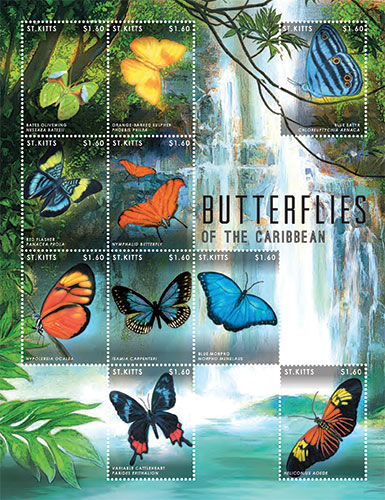On May 25, 2017, the U.S. Environmental Protection Agency (EPA) announced the release of ecological risk assessments for four neonicotinoid active ingredients for public comment as well as the Registration Review Update for Four Neonicotinoid Insecticides (Update). 82 Fed. Reg. 24113. The ecological risk assessments are:
EPA states that public comments “could address, among other things, the Agency’s risk assessment methodology and assumptions applied to its draft risk assessments, such as its methodology for estimating colony-level risk to bees from exposure to bee bread.” Comments on the three ecological risk assessments are due by July 24, 2017.
The main focus of the Update document is EPA’s efforts to harmonize the risk assessment and management of the four neonicotinoids during registration review. EPA has identified additional pollinator exposure data and pollinator toxicity data needs; registrants have committed to producing the needed data, and most of the data will be submitted in 2017. EPA plans to produce final pollinator risk assessments for both agricultural and non-agricultural uses in 2018. Release of non-pollinator risk assessments (i.e., aquatic organisms, terrestrial mammals, and birds) is planned for 2017. Human health risk assessments are also scheduled to be issued in 2017. EPA has stated that mitigating risk from the uses of all neonicotinoids may be considered for all four compounds at the same time to ensure consistent risk management and to prevent unnecessary shifts in usage between the compounds without a reduction in risk. EPA intends to release final pollinator assessments and proposed interim decisions for registration review for all four neonicotinoids in 2018.
Commentary
From the EPA website, the following general statement summarizes what EPA has found so far:
The assessments for clothianidin, thiamethoxam, and dinotefuran, similar to the preliminary pollinator assessment for imidacloprid showed: most approved uses do not pose significant risks to bee colonies. However, spray applications to a few crops, such as cucumbers, berries, and cotton, may pose risks to bees that come in direct contact with residue.
To some degree, it is reassuring that widespread adoption of the neonicotinoid products appears not to be an overwhelming or altogether unanticipated risk to pollinators. For insecticides, that foliar spray applications could be harmful is not good news, as any direct contact of an insect (bees) and insecticides usually is not good for the health of the insect.
Another point some may find reassuring is that EPA has not found seed treatment with neonicotinoid products to be of significant risk. This is ironic to some degree, since one of the fundamental assumptions not long ago among many beekeepers was that the seed treatment products were a singular and significant cause of the increase in colony decline and loss.
EPA’s description of the registration review status of these products also indicates that a great volume of additional data concerning possible pollinator risks is due to arrive over the next six to 18 months. Obviously, the results of these additional studies will fundamentally inform the EPA risk assessment conclusions. At the same time, one legacy of the Obama Administration in this space, the development of state Manage Pollinator Protection Plans (MP3), also will be impacted by what EPA discovers from this volume of soon-to-arrive data.
Until then, and until the new political leadership of the agency indicates any direction on pollinator issues, it is unclear whether the pollinator issue will remain one of the priority issues for program attention, or be folded into the general timeline and normal course or registration review over the next few years
Source: Lexology, June 1, 2017
http://www.lexology.com/library/detail.aspx?g=b065c8f6-6b17-4924-a4de-1…

- Login om te reageren
